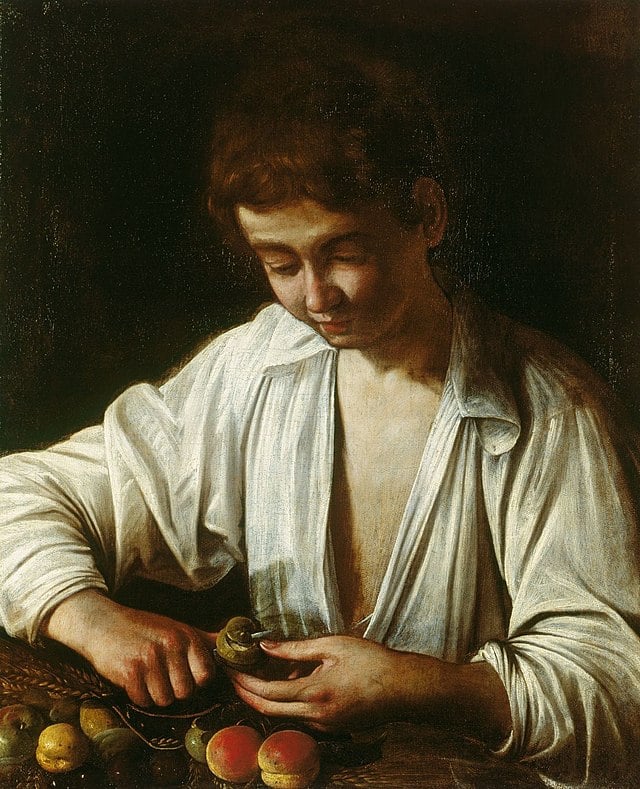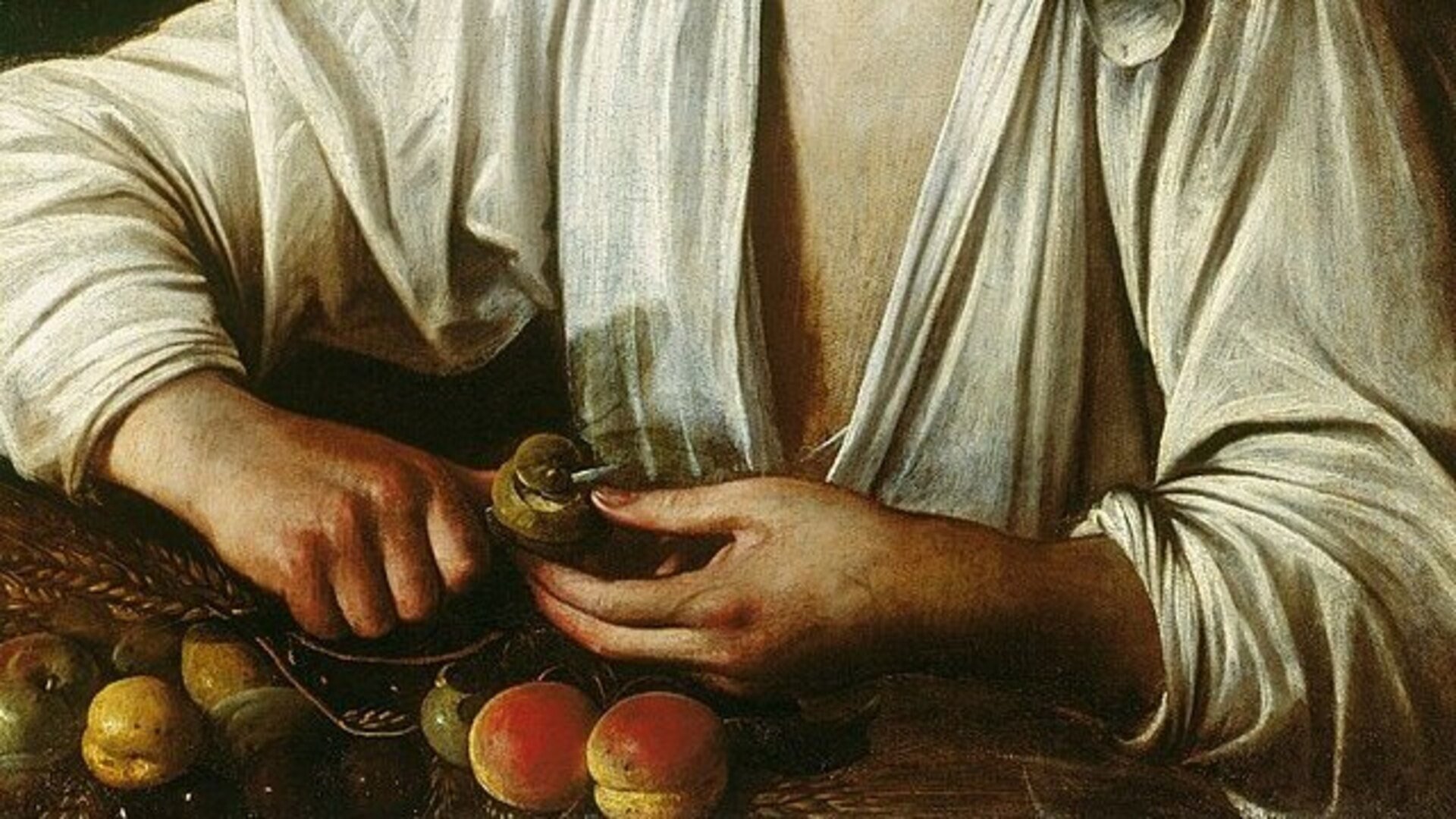Famous historian Gianni Papi just uncovered an extraordinary artistic revelation. A version of Boy Peeling Fruits, long considered to be just another workshop copy by the great Italian painter Caravaggio, could well be the oldest known work by the artist.
Gianni Papi
, an eminent Italian historian whose thirty-year long research is focused on rectifying or clarifying the authenticity of artworks. The historian keeps on revealing treasures that enrich our understanding of the artistic world of Naples and
Rome in the 17
th
century
. After examining a version of
Boy Peeling Fruit
, he claims that some details prove that the piece was painted by Caravaggio himself. As a result, it could be his oldest identified artwork to date.

Would you like to visit Italy?
Here are some articles you might find interesting
:
- In Rome, this is the oldest bridge still standing in Italy, a Roman architecture marvel
- Hidden wild islands in Puglia offer pristine beaches and peaceful seclusion in a raw natural paradise
- Perched on a cliff along the Amalfi Coast, this hotel offers breathtaking views of Mount Vesuvius —and has hosted illustrious guests such as Oscar Wilde and Princess Margaret of England!
Caravaggio, precursor of a revolution in the graphic arts
Michelangelo Merisi da Caravaggio, commonly known as Caravaggio, was a famous painter born on 29 September 1571 in Milan, and who died on 18 July 1610 in Porto Ercole. A trailblazer in his field, he transformed 17
th
century painting with his naturalistic style, his sometimes brutal realism and his marked use of chiaroscuro, which verges on tenebrism.
Over the course of his career, he became an influence for many major artists and carved out an indisputable place for himself in this approach by emphasising the psychological aspects of his subjects… This earned him the reputation of being a visionary contested by the Church. His style gave rise to the Caravaggisti, stylistic followers who spread throughout Europe shortly after his death.
A legacy that spans generations
Created around 1593, shortly after Caravaggio moved to Rome,
Boy Peeling Fruit
is one of the earliest masterpieces painted by the famous Italian master. Part of the Borghese collection, it exerts a fascination on the viewer thanks to its stark realism.
Today, there are about ten versions of this famous painting. All feature a young man wearing a white tunic styled after Ancient times, peeling a Seville orange or a green bergamot, with other fruits scattered around the table.
The version Gianni Papi studied was bought by a private individual at an auction in Brussels in 2024. It features particular details: the X-ray reveals a dark patch at the bottom of the image, between the child’s hands and the fruit, which touches the shirt. Through the shadow, you can make out a small dog with its muzzle raised, moving towards the child’s face with its mouth slightly open. His hypothesis: this depiction of the
Boy Peeling Fruit
was painted over an earlier composition showing Cornacchia, Caravaggio’s dog.
This theory might be explained by the artist’s difficult financial situation upon moving to Rome, when he was forced, either by preference or lack of choice, to opt for recycling materials rather than buying new ones in order to save money.
This discovery could be a turning point in the legacy of this work. The most famous version, kept by the British royal family, may not actually be the oldest.







